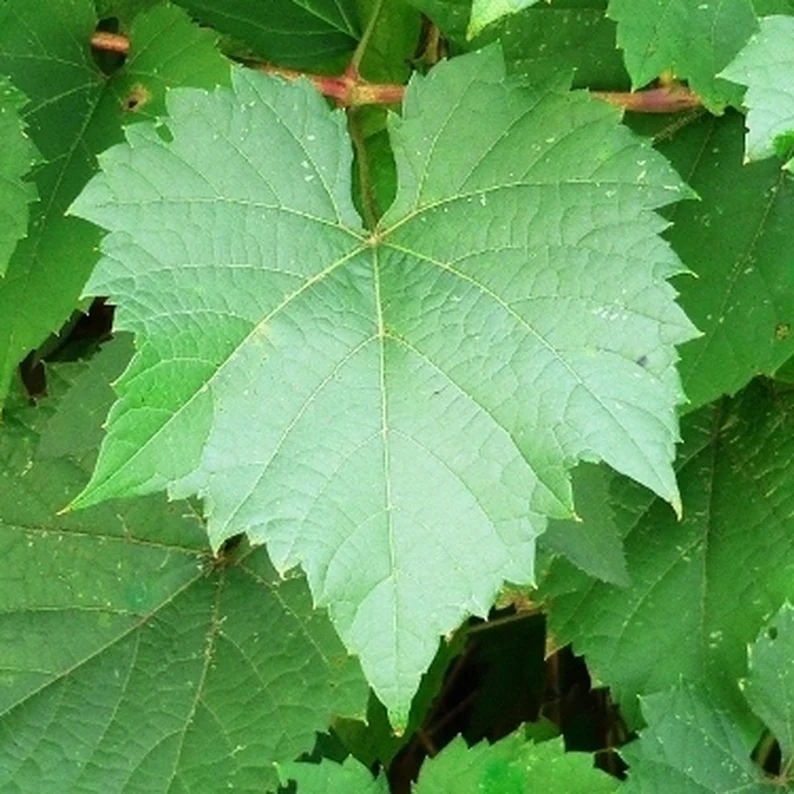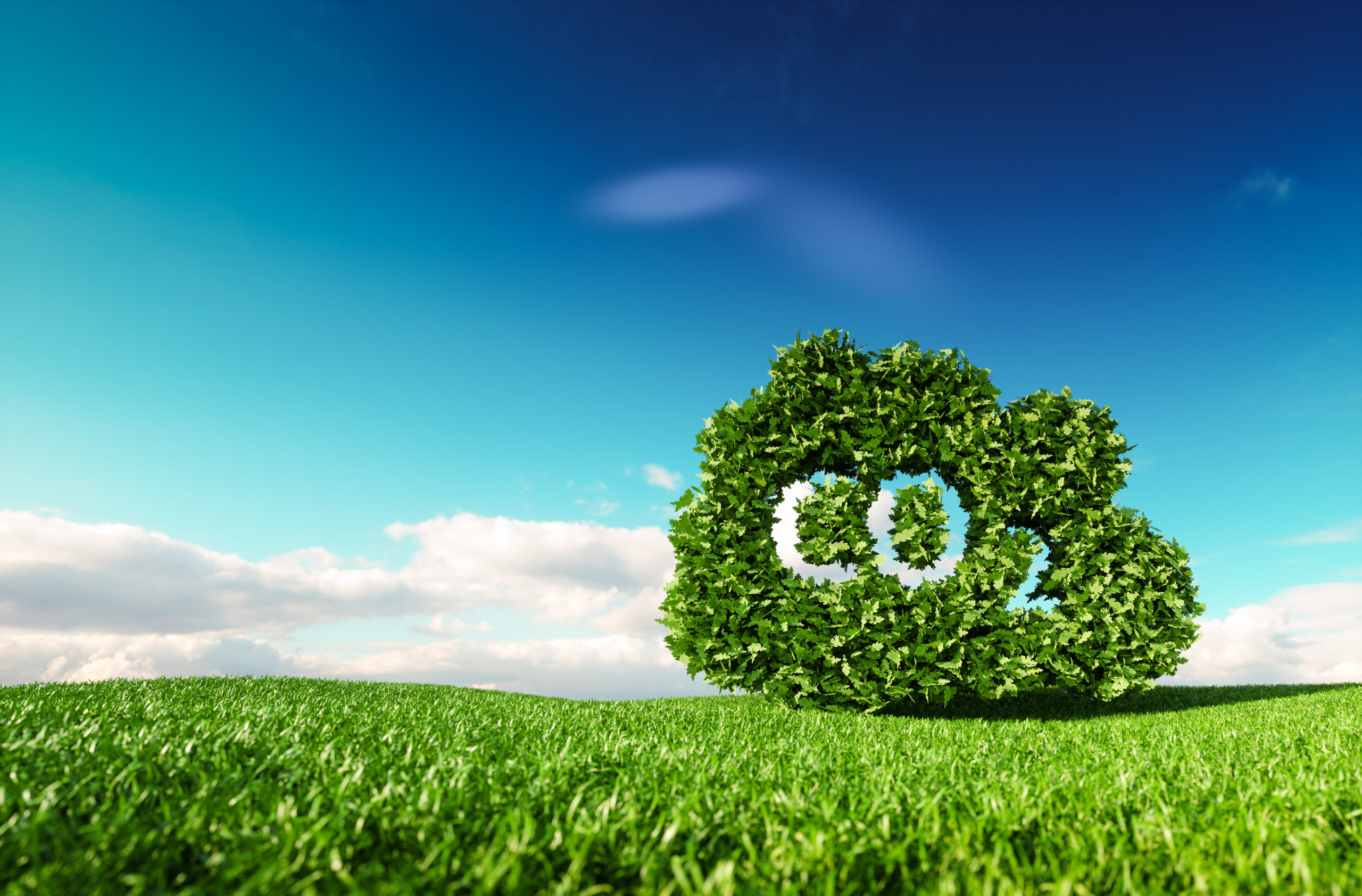Delayed pruning is an effective strategy for delaying bud burst and reducing risk of frost injury. Delayed pruning or double pruning techniques take advantage of a characteristic that all grapevines have called apical dominance. This term means that the buds on the tip of a cane will grow first and the buds at the base of a cane, closest to the trunk, will begin to grow last. To avoid or mitigate frost damage in your vineyard use a grapevine’s natural growth habit to your advantage. Apical buds burst earlier and suppress growth of basal buds. After frost risk has passed, or once basal buds begin to break, do a final pruning to cut back to two-bud spurs.
For example, many commercial vineyards do the bulk of their pruning in the winter months because they have so many vines to prune. During pruning, they may take a cane that has 30 or more buds and prune in down to 10 or less. If daily temperatures begin to rise to 50–60 °F for a week or more, bud swell can be triggered. If the cane is pruned to 10 buds, the buds out on the end will begin to swell first and grow. If green tissue appears and then a frost event happens later in the season, those buds can be damaged, affecting the new season’s crop.
However, if that same cane is left at 30 buds, there are twenty buds that will want to break first. That way if a frost event happens, the damage will occur to buds that are going to be pruned off anyway. Again, when the likelihood of frost decreases, those excess buds can be pruned, leaving the 10 healthy buds that will produce this year’s crop. .
It isn’t always possible to delay pruning giving the rigorous demands of any new season but when and if possible, it’s a good strategy to reduce the potential for frost damage.




